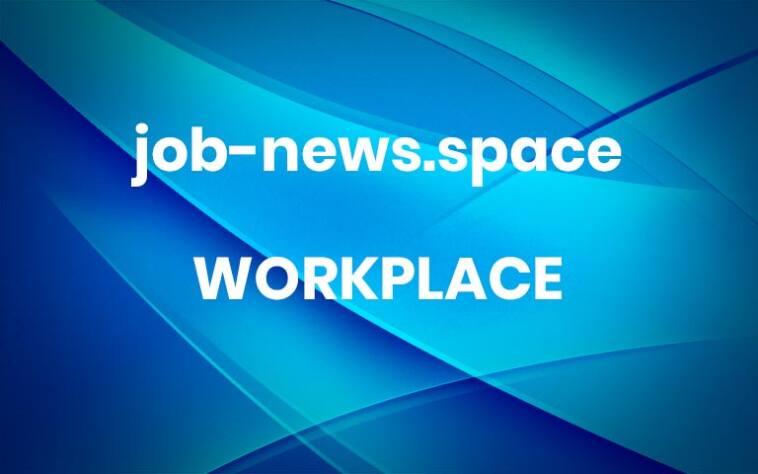The Silent Killer of Corporate Success: The Wrong People in the Wrong Seats
If you want to decimate your bottom line, obliterate employee morale, and set your company on fire without even realizing it, there’s a surefire way to do it: put the wrong people in the wrong seats.
It happens every day. A high-performing individual-contributor gets catapulted into management because of tenure, not talent. An executive holds onto their cushy title despite being woefully out of touch. A mid-level manager remains in place because they’re “nice” but lack the teeth to lead. And leadership turns a blind eye—because confrontation is uncomfortable, change is disruptive, and mediocrity is oddly comforting.
And then? The rot begins.
The Hidden Costs of Corporate Complacency
Let’s get brutally honest. Most companies are hemorrhaging money, and they don’t even realize it. Not because of market downturns or inflation, but because they are carrying dead weight. HR inefficiencies and disconnects contribute to $8.9 trillion lost due to low employee engagement.
The cost of misaligned talent isn’t just a staggering amount of money, it’s insidious, metastasizing beneath the surface like a slow-growing cancer. Here’s how it plays out:
Talent Waste: Your A-players—the ones who should be shaping the future—spend their time cleaning up the messes of underqualified, misallocated colleagues. Instead of innovating, they’re babysitting. Instead of leading, they’re buffering incompetence. And guess what? They’re exhausted.
Culture Erosion: The workplace turns toxic when the wrong people stay in the wrong roles. High performers disengage, lose faith in leadership, and either check out or check out permanently—taking their brilliance straight to your competitor.
Death by Bureaucracy: Bad fits breed bureaucracy. When people lack the skills to execute, they compensate with meetings, emails, and endless rounds of indecision. Paralysis sets in. Your once-agile company starts moving at the speed of molasses, suffocated by its own inefficiency.
Customer Experience Deterioration: Ever interacted with a company that felt like a slow-motion train wreck? Clueless managers, disengaged employees, frustrating customer service—it’s all symptomatic of people misaligned with their roles. Customers don’t tolerate incompetence. They leave. And they don’t come back.
How Leadership is Failing (And Why They’re Too Afraid to Fix It)
Let’s be real—executives love to talk about “talent optimization,” but when it comes to making the hard calls, they hesitate. Why?
Because firing someone who’s “nice” but ineffective makes them uncomfortable. Because confronting a long-time employee about their declining performance is awkward. Because realigning talent forces them to admit they’ve made bad hires.
So, they avoid it. They placate. They justify. They convince themselves that an employee who’s been failing for months just “needs more time” or that “loyalty” somehow compensates for incompetence. But in doing so, they betray their best talent, erode their culture, and bleed money from the organization.
The Brutal (Yet Liberating) Truth: No One is Safe From Reassessment
The solution is simple, but it’s not for the faint of heart. Every single person in your organization—including the C-Suite—needs to be evaluated against three non-negotiable criteria:
Competency: Do they have the skills, knowledge, and experience to execute effectively? Do they have a deep understanding of the organization’s goals and objectives?
Culture Fit: Do their values, beliefs, and behaviors align with the company’s mission, values, and long-term vision?
Drive: Are they operating with hunger, ownership, and a relentless commitment to progress?
If an employee fails even one of these tests, they don’t belong in that seat. It’s that simple. That means tough conversations. That means organizational discomfort. But here’s the truth—if someone isn’t delivering at an exceptional level, they are already stealing from you. They are taking money from the business, sapping energy from their team, and actively contributing to the dilution of your company’s competitive edge.
The ROI of Ruthless Talent Realignment
When you start making decisions based on alignment instead of sentimentality, your organization transforms. Here’s what happens when the right people sit in the right seats:
Productivity Skyrockets: Teams move faster. Decisions are made with clarity. Execution becomes seamless. There’s no wasted motion—only momentum.
Innovation Flourishes: When people are in roles where they can play to their strengths, they create. They solve problems. They push boundaries. The entire organization becomes an incubator for game-changing ideas.
Culture Strengthens: Toxicity evaporates when every employee is surrounded by high-caliber colleagues. Work becomes energizing, not draining. Retention improves, and engagement soars.
Profitability Explodes: Let’s talk numbers. Companies that optimize their talent allocation don’t just win in culture—they win on the balance sheet. Revenue climbs. Costs shrink. The bottom line reflects the hard truth: businesses thrive when the right people are in the right places.
The Final Wake-Up Call: Are You Protecting the Future or Coddling the Past?
If you’re leading an organization, ask yourself: Are you protecting your company’s future, or are you protecting the comfort of underperformers? If your answer isn’t immediate and obvious, you already have a problem.
Here’s the thing—organizations aren’t failing because of external pressures. They’re failing because they tolerate mediocrity. They hold onto outdated hierarchies. They reward tenure over talent. And the most dangerous phrase in corporate America is, “That’s just how we do things here.”
The companies that will dominate the future are the ones that embrace a new paradigm—one where every single seat is occupied by a person who is unequivocally, undeniably the best fit for the job.
No exceptions. No excuses. No dead weight.
You want to win? Start making the hard decisions. Now.
Kelly Meerbott is an acclaimed TEDx and keynote speaker, author, podcast host, and award-winning certified leadership expert. With a unique trauma-informed approach and PTSD training, Kelly has transformed the leadership landscape for hundreds of C-suite and senior executives, and more than 400 high-ranking military officers.
Share this post: More



